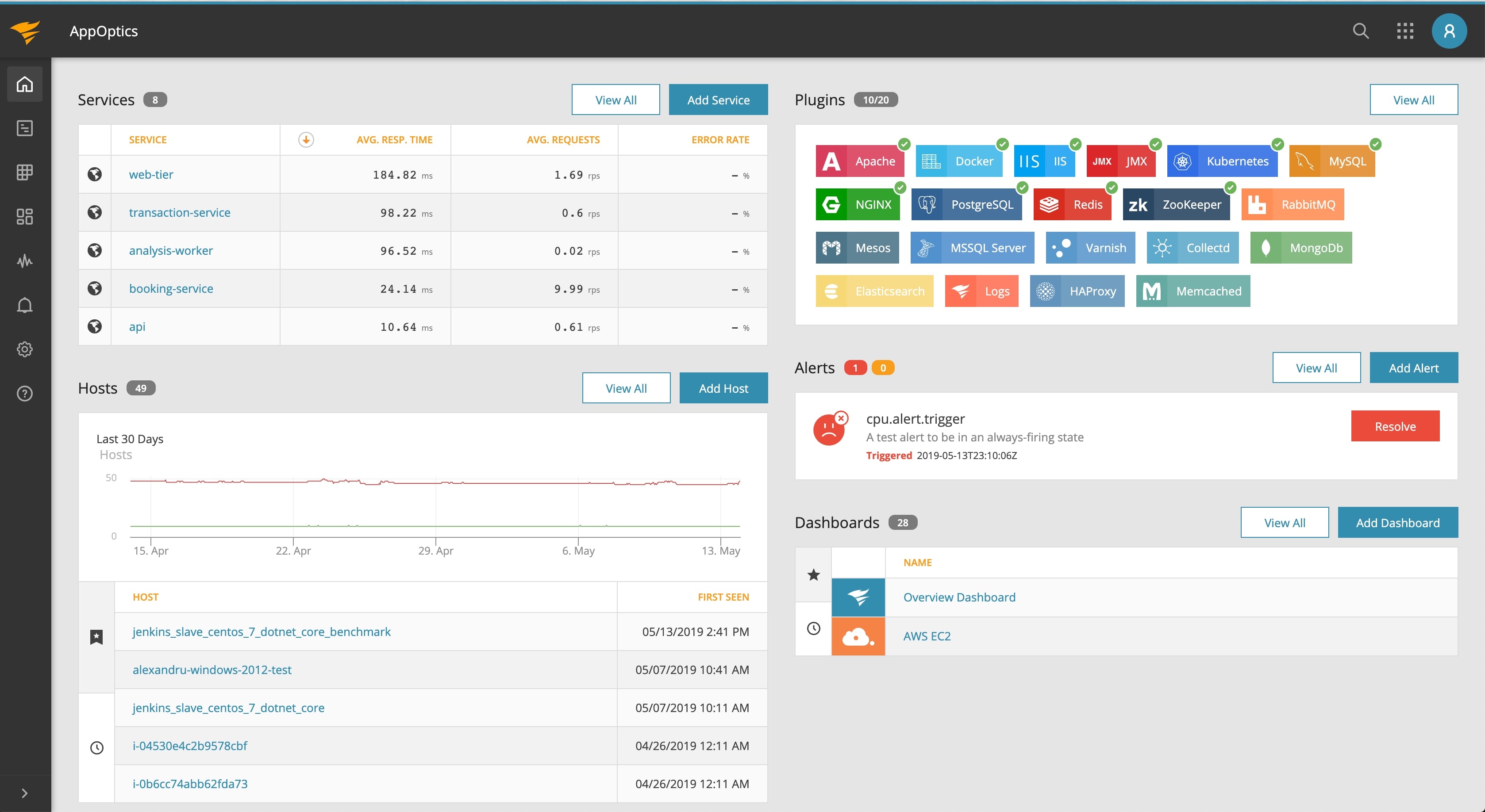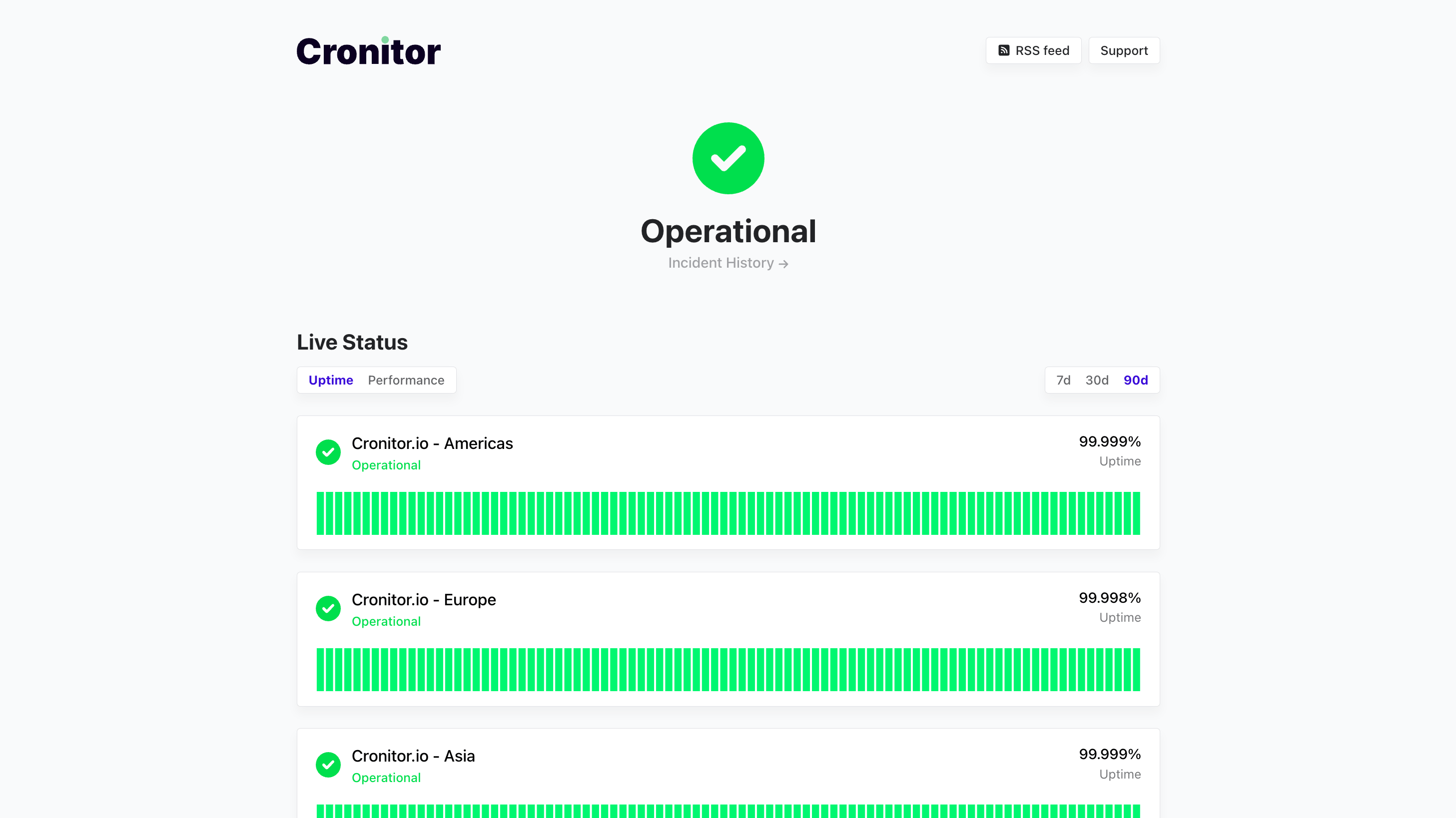A Beginner’s Guide to Incident Management
If you’ve ever been in the middle of some work only to have an app crash, you know the pain and panic of a failing IT service. If that app is back up and running in just a few minutes, it’s thanks to an effective incident management process.
Whether you’re a project manager working with an organization’s IT team, a member of the IT team brushing up on the basics, or a customer service agent wanting to elevate your skills, knowledge of incident management will help you succeed.
In this post, you’ll discover:
- A clear definition of incident management — and why it’s important
- A high-level overview of the incident management process
- Helpful tips and best practices for incident management
What is incident management?
When you first hear the term “incident management,” you may conjure up ideas of HR departments and conflict resolution. While conflict resolution is definitely part of it, incident management is actually focused on IT or development operations.
The concept of incident management lives within the ITIL (Information Technology Infrastructure Library) — a set of standards and practices for IT service management (ITSM). At its very core, incident management is a process used by an organization’s IT operations or DevOps teams to remedy a disruption in service with as little impact on the business and users as possible.
The “incident,” in this context, is an unplanned event or service interruption. This could be something like a web submission form malfunction, an online checkout service crash, or a number of customers experiencing issues with your business’ software.
Why incident management is important
When incident management processes are established, IT teams are able to quickly and efficiently address issues that arise, reducing the impact on other areas of the business and on your customers. The incident management process also accounts for the collection of data (ie. what went wrong, why, how it was fixed, etc.). Without this, your organization will have a harder time resolving current and future issues.
An incident management system saves your team from having to create an ad hoc response to every IT issue, wasting valuable time and resources in the process. It also keeps users happy, by speeding up response and resolution times.
According to a study by Gartner, system issues and unexpected downtime can cost businesses about $300,000 per hour. Not only could you lose revenue, but you could even be held liable for breach of service level agreements. So while it might cost your organization time and resources to set up an incident management process in advance, the long-lasting benefits are more than worth it.
The incident management process
While every organization is different, there are some key elements that every incident management process should cover.
Before the incident
Preparation is key. Before an incident actually occurs, you’ll first want to ensure your management process is established and onboarded. Do a few practice drills and tests to make sure your team knows what to do in the case of different types of issues.
You’ll also want to make sure you have a dedicated team monitoring any possible incidents before, during, and after they arise. Your help desk team will be receiving incident reports from users, while other members of the DevOps and IT teams will be collecting data and monitoring other aspects of your system’s health. With numerous sets of eyes keeping watch, you have a better chance at catching incidents and limiting any possible downtime.
During and after the incident
When an incident arises, it’s important to follow these general steps to ensure a quick and successful resolution.
- Incident identification and logging: This is the first step of any incident management process. Here, the end user or a help desk agent will identify the incident and collect data regarding the issue using standard reports, solution analyses, or manual identification.
- Classification and categorization: After the incident has been identified and the data has been collected, it needs to be categorized so it can be quickly found by future agents. This also allows for prioritizing response resources as needed, and will save valuable time in the future.
- Notification and escalation: After the incident is categorized, there may be a need for escalation. While smaller incidents might not require a widespread internal or external announcement, larger incidents will most likely call for escalation to more senior team members, as well as an official alert to customers.
- Investigation and diagnosis: At this stage, your IT team will analyze the incident and work to find a root cause of the issue. This might involve pulling in other teams for a more thorough investigation and troubleshooting process.
- Incident response: Once the issue is investigated and diagnosed, resolution and recovery can take place. This is where the root causes and any future threats are addressed, and the systems involved in the incident are restored to a fully functioning level. Teams will also want to ensure that everything has been done to prevent a recurring or similar incident in the future.
- Incident closure: Now that the issue is resolved, it’s time to officially close the incident. This is where a report or official closure notice is sent, or where you close user help desk tickets. On your team’s side, closure also involves reflecting on the steps taken to resolve the issue, identifying any opportunities to improve for future incidents, and emphasizing the preventative measures established in the previous step.
5 examples of incident management tools
Like any other process, incident management can be improved by using the right tools. Here are the primary tool categories you’ll want to add to your stack.
Incident tracking tools

These tools allow organizations to automate incident identification, meaning they won’t need to rely on employees manually spotting and reporting incidents. They’ll also allow you to track your progress as you work on resolving these incidents.
Chat tools

While it’s entirely possible to communicate via email or in-person meetings when resolving an incident, it’s nowhere near as efficient as using a chat tool like Slack or Microsoft Teams. These tools allow you to set up dedicated channels for incident management, link to important documents, and more.
Alert systems

Depending on the kinds of incidents you need to track, various alert systems can allow you to get automated reports on incidents as they occur. A company with a software product, for example, might use alert systems that trigger when servers go down or website pages stop working properly.
Documentation tools

Like any other process, incident management depends on rigorous documentation. You need to document incidents as they happen, document your response, and draft new processes when encountering new major incidents.
Status pages

These are especially relevant for organizations with software products and services but can be used by any organization. Status pages let customers know when an incident is affecting the product or service they pay for, and when they can expect that incident to be resolved.
Tips and best practices for incident management
While the key steps in the incident management process are generally the same between organizations, there are ways to improve and streamline the experience for all involved. Here are some best practices and tips to keep your incident management system as efficient as possible:
Establish a communications strategy
When it comes to resolving incidents, timelines are rushed and tensions are high. A strong communications strategy can ensure that in these often stressful moments, there is no confusion or misunderstandings. Your communications strategy should outline what channels and methods of communications they should use in updating and resolving incidents, and guidelines for external versus internal communication.
A clear and grounded communications strategy also helps keep a documented record of valuable information and data for future use.
Assign clear roles and responsibilities
When an incident occurs, it’s important that everyone knows exactly what they’re supposed to be doing and when. That’s why most organizations name a specific incident manager who’ll be the authority on what needs to happen to resolve any major incidents. When a team is rushing to resolve a sitewide system error, you don’t want to be held up by waiting for approval or trying to figure out who is meant to sign off on something before it is implemented. Ensure your organization has an airtight understanding of roles and responsibilities before an incident occurs.
Automate where you can
In order to keep the process running as smoothly as possible, try to automate as many elements as you can. Email notifications, closure reports, and many other aspects of your incident management process can be automated or integrated with AI to free up time and resources amongst your team members.
For example, if your web engineers use Jira to manage their work, you can set up a communication system between Zendesk and Jira. This way, when a help desk ticket is created through Zendesk, a bot automatically creates a ticket in Jira. You can also use AI tools like online chatbots populated with answers to provide users and customers with a self-serve option when troubleshooting minor incidents, saving your customer service team time and effort as well.
Make accessibility a priority
Incident management is useless if those involved are unable to make full use of your process.
Make sure that your help desk and contact page are easily accessible for your end users, and provide multiple options for contact. Some people have easy access to a phone, while others find email or a mobile app to be a much easier way of communicating incidents.
Ensure any tools or processes you’ve established are easy for those within your organization to follow. Set up time for your team to onboard new software or management platforms to make sure everyone understands exactly how to use these tools most efficiently.
Website outages, security issues, and other tech problems can be detrimental to your business — and your customers. While you can’t always prevent every possible incident, having an incident management process in place can help you reduce the impact these problems have on everyone involved.
FAQ: Incident management
What is incident management?
Incident management is a process through which organizations identify, categorize, and resolve issues before they can impact their operations. What qualifies as an incident can vary, from a difficult separation with an ex-employee to a security breach.
What are the five stages of the incident management life cycle?
While the incident management life cycle might be a bit different depending on the organization or team that uses it, it will generally follow these five stages:
- Incident identification and logging: The first step in managing incidents is identifying them. This might be done with automated tools, though in some cases an employee might be the one to spot the impact of an incident.
- Incident categorization: Incidents need categorization for future analysis and to be matched to the proper resolution. This gives you a database that’ll inform incident response in the future.
- Incident prioritization: Not all incidents require the same response. Some are critical, with wide-ranging impacts throughout your organization, and need a resolution as soon as possible. Others, while still needing a response, can be managed during business hours.
- Incident response: At this stage, you’re performing the actual actions aimed at resolving the incident. In many cases, you’ll follow a pre-established process, though occasionally you’ll need to figure it out as you go.
- Incident closure: After you’ve put your plan into action, it’s time to finalize your response. That might mean documenting a new incident, improving existing processes, or communicating the impacts of an incident with other teams.
What are the essential components of incident management?
Managing major incidents depends on the following essential components:
- An incident manager: This person is responsible for handling the response to an incident, keeping processes up to date, and promoting improvement of the organization’s incident management endeavors.
- An incident management process: Having a defined process in place for resolving incidents leads to more successful resolution and less significant impacts on day-to-day operations.
- The right tools: You don’t necessarily need the most advanced tools to manage even high-priority incidents, but do need the right tools. That includes some way to document processes and incidents, a way to communicate when resolving incidents, and tools for spotting an incident before it gets worse.
- A dedicated communication channel: Whether your organization communicates primarily through meetings, email, or chat apps, you need a dedicated channel for bringing together your incident response team. This centralizes essential communication and prevents distractions.
- Regular review: Like any other process, incident management needs regular review to ensure it’s performing as intended.


